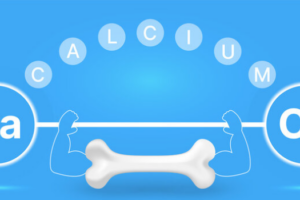Understanding Monkeypox: Symptoms, Causes, and Prevention

Monkeypox is a rare viral disease that has garnered global attention due to its similarities to smallpox. Although less severe than smallpox, monkeypox can still cause significant health issues. Understanding the symptoms and early detection can help in managing and preventing the spread of the virus.
What is Monkeypox?
Monkeypox is caused by the monkeypox virus, a member of the Orthopoxvirus genus. It was first discovered in laboratory monkeys in 1958, hence the name. However, the primary carriers of the virus are rodents, particularly in Central and West Africa, where outbreaks have been more common.
Symptoms of Monkeypox
Monkeypox symptoms generally appear 7-14 days after exposure to the virus but can range from 5-21 days. The illness typically lasts 2-4 weeks and begins with:
Fever: One of the first signs of monkeypox is a sudden onset of fever, which can be high and persistent.
Headache: Severe headaches often accompany the fever, contributing to the overall discomfort.
Muscle Aches and Backache: These are common symptoms that can make it difficult for the infected individual to move around comfortably.
Swollen Lymph Nodes: Unlike smallpox, monkeypox causes the lymph nodes to swell (lymphadenopathy), particularly in the neck, armpits, and groin. This is a key distinguishing feature.
Chills and Exhaustion: Chills are frequent, and fatigue sets in as the body fights the infection.
Rash: The most distinctive symptom is a rash that typically appears 1-3 days after the fever. The rash often starts on the face and then spreads to other parts of the body. It progresses through several stages:
- Macules: Flat, red spots on the skin.
- Papules: Raised bumps develop from the macules.
- Vesicles: These bumps fill with fluid, forming blisters.
- Pustules: The blisters become filled with pus.
- Scabs: Finally, the pustules crust over and scab, eventually falling off.
- Complications and Risks
While most people recover fully from monkeypox, some may develop complications, especially if they have pre-existing health conditions or weakened immune systems. Potential complications include secondary bacterial infections, respiratory issues, and, in severe cases, encephalitis (inflammation of the brain).
How is Monkeypox Spread?
Monkeypox spreads through close contact with an infected animal, person, or contaminated materials. Human-to-human transmission occurs primarily through respiratory droplets, direct contact with body fluids, or lesion material.
Prevention and Treatment
Vaccination: The smallpox vaccine offers some protection against monkeypox. In areas where the disease is more common, vaccination is recommended for high-risk groups.
Hygiene Practices: Regular hand washing, avoiding contact with infected animals, and wearing protective clothing can reduce the risk of infection.
Isolation: Infected individuals should be isolated to prevent the spread of the virus to others.
Symptomatic Treatment: While there is no specific treatment for monkeypox, symptoms can be managed with antipyretics, pain relievers, and other supportive care.
Understanding the symptoms of monkeypox is crucial for early detection and management. By staying informed and taking preventive measures, we can reduce the spread of this virus and protect public health.







